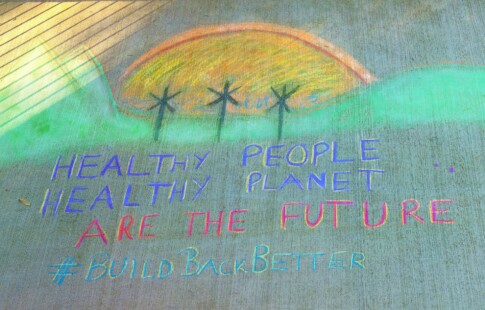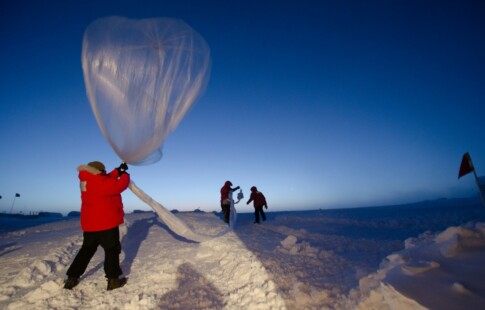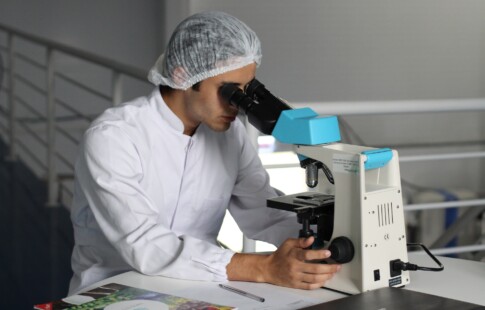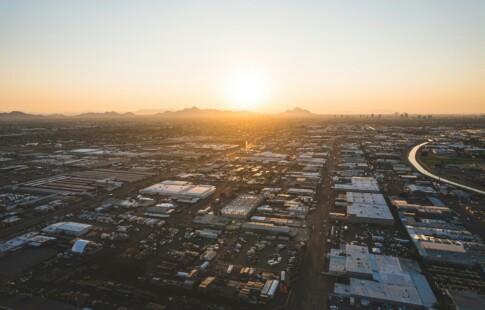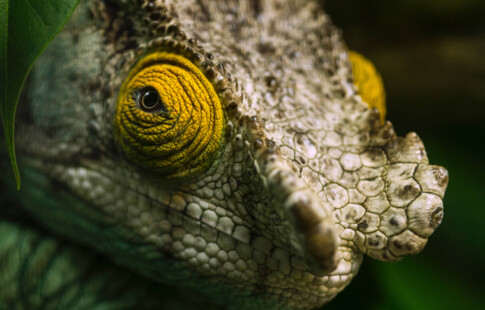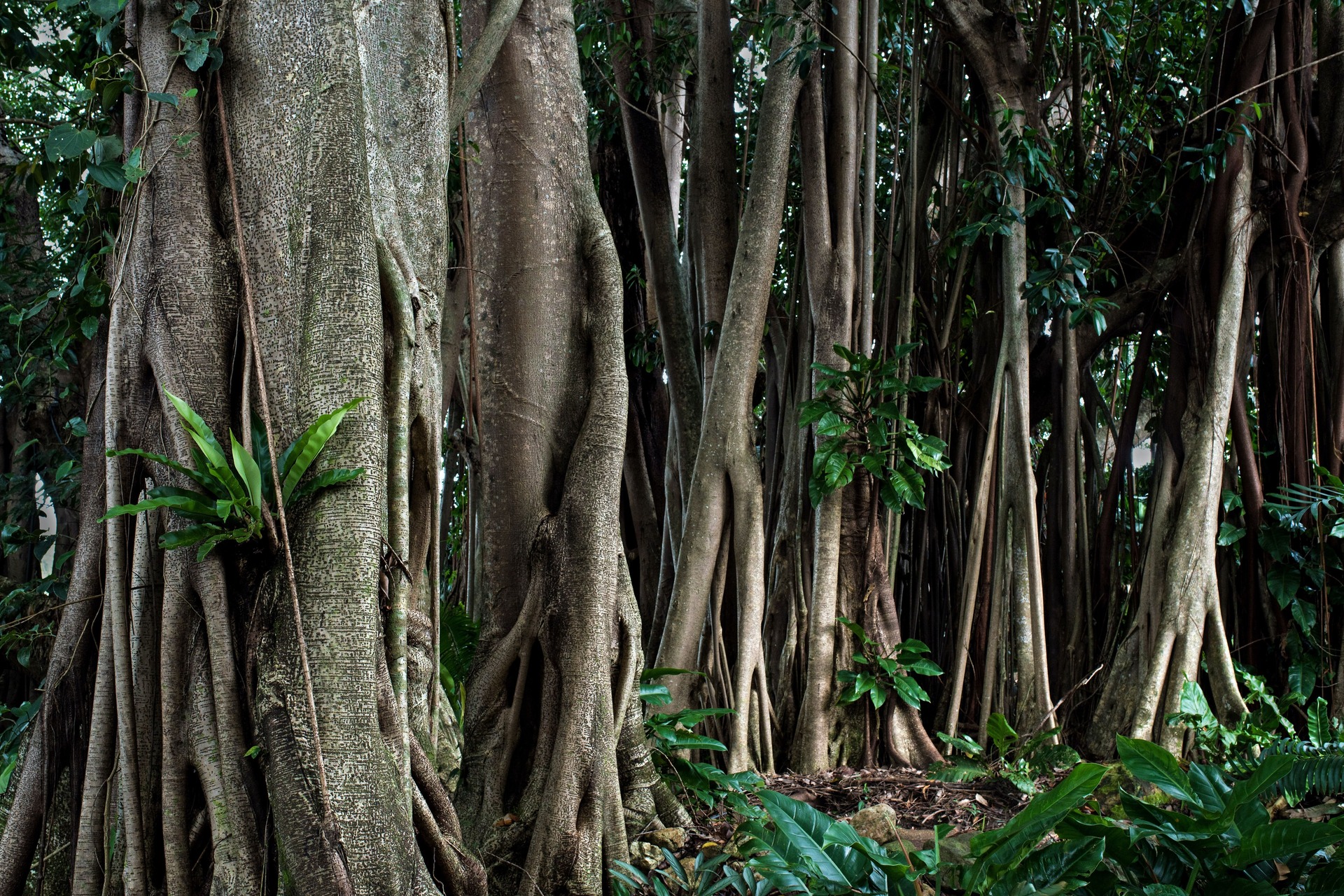
Where Does Rubber Come From and Why Does It Matter?
We are reader-supported. When you buy through links on our site, we may earn affiliate commission.
Where does rubber come from today? It’s an indispensable material for manufacturing, health care, fashion, and many other sectors. However, producing it has a severe impact on the environment that will only worsen in the coming years. How can this damage be mitigated without minimizing the productivity of several key industries?
Where Does Rubber Come From?
Rubber originates from the sap or latex of the rubber tree. These trees thrive in the Amazon rainforests of South America, making the region one of the top suppliers around the world.
To harvest the latex, workers tap mature trees. They make incisions in the tree’s bark, carefully guiding the latex to flow into attached containers. This method ensures the tree remains healthy and can produce latex for many years.
Once collected, the latex undergoes a coagulation process. Workers typically introduce an acid or let the latex stand, transforming it from a liquid to a solid mass. After they collect the solidified sap, workers roll it into sheets or smoke it, depending on the desired end product.
For industrial or automotive purposes, rubber is vulcanized. Charles Goodyear invented this process in the mid-1800s and involved heating the raw material with sulfur. The result is a rubber with enhanced properties, such as improved durability and elasticity.
The Environmental Impact of Natural Rubber
One of the most prominent environmental issues associated with rubber production is deforestation. Countries like Brazil, Thailand, and Indonesia have cleared vast stretches of tropical rainforests to accommodate plantations. After all, where does rubber come from when the natural supply is too low?
This clearing has led to habitat loss and near extinction for various species, including the yellow-cheeked crested gibbon and clouded leopard. Large-scale monoculture plantations replace diverse ecosystems, preventing native plants and heirloom crops from thriving.
Natural rubber processing requires chemicals, such as formic and acetic acids, for coagulation. Improper disposal of these chemicals can lead to the contamination of local water sources. Where else does rubber come from? On the other hand, synthetic production uses petrochemicals, which, if mismanaged, can also pollute water.
Air quality suffers due to rubber production, too. In synthetic manufacturing, the release of pollutants like volatile organic compounds (VOCs) and particulates can cause lung disease and breathing problems in vulnerable populations. Moreover, burning the waste produces toxic fumes, further compromising air quality.
Continual cultivation can erode the soil’s quality, reducing its fertility. This is further exacerbated when plantations use heavy pesticides and fertilizers, adversely affecting the soil’s structure and overall health.
The synthetic production process consumes vast amounts of energy and factories primarily use non-renewable resources like petroleum. Such high energy consumption inevitably produces considerable carbon emissions, contributing to global warming.
The Social Impact of Rubber Production
Where does rubber come from around the world? Countries such as Thailand, Indonesia, Malaysia, and Vietnam heavily rely on rubber tapping as a primary source of income for countless families. This industry creates job opportunities and sustains millions of lives.
However, the problem of land rights and displacement looms large. Large-scale rubber plantations often expand at the expense of indigenous communities. These expansions sometimes proceed without adequately compensating the original inhabitants or seeking informed consent. Plantations also disrupt local lifestyles that previously depended on diverse agricultural practices. This leads to the loss of cultural identity and traditions.
Working conditions in plantations frequently come under scrutiny. Many workers struggle with extended working hours, insufficient wages, and exposure to hazardous chemicals without the necessary protective gear. Authorities report child labor in some regions — exemplified by low school attendance rates during peak harvest seasons — which translates to lower levels of education and the inability to extract themselves from poverty.
Many rubber plantations, especially the larger ones, employ migrant workers and they often face challenges, including lack of documentation, susceptibility to exploitation, and restricted access to essential services.
Why Is Sustainable Rubber Production Necessary?
Sustainable rubber production balances the environment, economic viability, and social equity. The rubber industry aims to mitigate its negative impacts and foster a more harmonious relationship with nature and society by focusing on sustainable and ethical practices.
Sustainable Production
Rubber plantations are starting to practice agroforestry and inter-cropping to mitigate the adverse effects of traditional production methods. Instead of relying solely on extensive monocultures, farmers grow rubber trees alongside other crops, like plantain and pineapple, or within biodiverse environments with different types of trees within a few meters of the trees. This enriches biodiversity, fortifies local food security, and shields plantations from pests and diseases.
Chemical usage in rubber cultivation must be addressed. Farmers drastically reduce or even eliminate chemical fertilizers, pesticides, and herbicides in sustainable farms. They opt for natural and organic alternatives, ensuring the soil and surrounding water sources remain uncontaminated.
Farmers incorporate water-saving strategies, such as rainwater harvesting and drip irrigation. These methods conserve water and prevent hazardous runoff, which might transport pollutants to nearby bodies of water.
Ethical Production
Aside from taking care of the soil and the environment as a whole, producers need to ensure that workers receive fair wages, operate in safe conditions, and have their rights upheld. This also extends to providing training on sustainable farming methods.
Recycling and waste management are fundamental to the industry’s sustainability. Manufacturers must prioritize recycling rubber products, with a particular emphasis on tires. They also strive to minimize waste during processing and find innovative ways to utilize by-products.
Investing in research and development is crucial because, with well-funded R&D, the industry can discover varieties with greater disease resistance, higher productivity, and tolerance for different climates. Such innovations reduce the dependency on chemicals and extensive land use.
Community engagement elevates the role of local populations in rubber production. Producers ensure that cultivation supports their livelihood by actively involving locals without compromising land rights or indigenous practices. In many cases, this leads to community-driven conservation efforts.
Land use is a pressing concern in rubber production. Sustainable methods emphasize repurposing already cleared or degraded land and steering clear of primary forests. This approach actively combats further deforestation and biodiversity loss.
Stakeholder collaboration bridges the gap between different parties in the rubber industry. By fostering dialogue between producers, processors, NGOs, governments, and consumers, the industry can share best practices, collaboratively address issues, and envision a unified, sustainable future.
Sustainable Rubber Is a Shared Mission
Embracing these sustainable practices paints a promising picture for the rubber industry. Production can evolve through conscious efforts and collaboration to be more environmentally friendly, economically sound, and socially just.
Share on
Like what you read? Join other Environment.co readers!
Get the latest updates on our planet by subscribing to the Environment.co newsletter!
About the author
Steve Russell
Steve is the Managing Editor of Environment.co and regularly contributes articles related to wildlife, biodiversity, and recycling. His passions include wildlife photography and bird watching.

